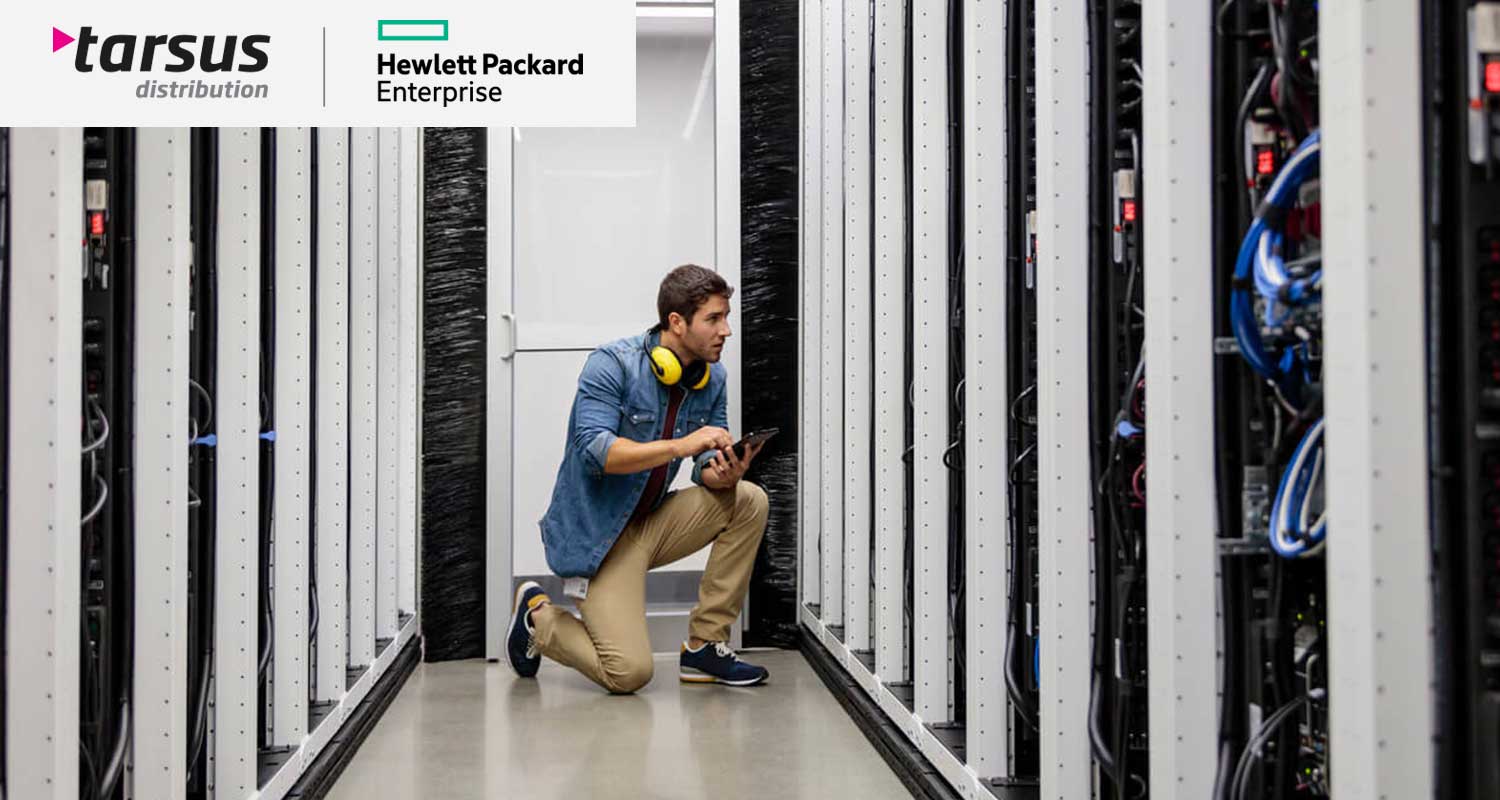 Despite many predictions of its demise since around the turn of the century, tape storage continues to be the technology that keeps giving – even in the era of cloud.
Despite many predictions of its demise since around the turn of the century, tape storage continues to be the technology that keeps giving – even in the era of cloud.
As a storage medium, tape may seem as though it has been around since the days of the dinosaurs, but that doesn’t mean that it’s ready to be consigned to the history books yet. In fact, most of the issues related to tape have to do with perception rather than reality.
For one thing, if they are maintained properly tape drives can store the required data for 30 years or more. As a result, tape backups continue to be used for long-term retention of critical data as they provide archival stability.
With the legal requirements today that legislate certain types of data that has to be stored for certain lengths of time – sometimes up to a decade or more – the need for such archival stability, at a cost-effective price, has become more crucial than ever.
Add to this the unstoppable growth of data in a digitising world, and the fact that data is seen as the lifeblood of businesses globally, and it is clear that data needs to be always-on, always-fast, automated, protected and available on demand.
It must also be remembered that as data volumes continue to increase, the impact on total cost of ownership does, too. No doubt businesses will feel the cost impact of needing to pay for additional drive units, rack space and data centre utilisation.
The cost factor
Despite being considered an “older” storage technology, tape’s major strength has always been cost, along with its abundant potential for capacity growth. There is little doubt that when compared to flash or disk, a tape backup system can be a cost-effective place to store large capacities as data volume continues to grow.
The same goes for the cloud. Many companies with large data archives – those that may still need to retrieve data quickly for specific use cases – have turned to public cloud storage as a way to minimise overall costs. The problem is that both storage and egress costs for the public cloud accrue on a monthly basis, especially as an enterprise’s data volumes continues to grow.
Long recognised as one of the premier vendors of tape solutions for storage, HPE suggests that using its StoreEver range as an active archive can assist companies to obtain significant financial benefits compared to the cloud, such as:
- Reduced capital expenditure relating to hardware and tape media, thanks to higher density, longer-term storage that does not incur the typical higher costs of all-disk solutions.
- Decreased operational expenses as high tape density can help to decrease both rack and floorspace requirements, leading to lower power, cooling, management and administration costs.
Tape vs cloud
When it comes to direct cost comparisons between tape storage and storage in the public cloud, the recent ESG Economic Validation Report ran through various scenarios comparing the two.
For each scenario, ESG assumed that data is created and stored 24/7, and no data is deleted during the 10-year timeframe, while the annual data growth rate was set at 10%.
Using these figures, the report indicates that HPE StoreEver’s 10-year total cost of ownership is 86% lower when compared with a similar public cloud service. ESG also examined the combined spend of cloud storage and egress costs for an organisation with an initial 5PB of retained data over a 10-year period, compared to estimated costs using HPE StoreEver LTO tape.
According to the report, it was estimated that the annual spend for a public cloud service would grow to around US$1.36-million by year 10, with $766 000 for the public cloud storage, and $592 000 for the egress costs.
 Comparatively, should the business choose to purchase HPE StoreEver, and additional LTO-7 tape drives to accommodate for annual data growth, the cumulative storage costs would amount to just $145 000 over the 10-year period – 89% lower than the total costs for public storage and egress.
Comparatively, should the business choose to purchase HPE StoreEver, and additional LTO-7 tape drives to accommodate for annual data growth, the cumulative storage costs would amount to just $145 000 over the 10-year period – 89% lower than the total costs for public storage and egress.
A key factor here is the fact that HPE StoreEver is deployed on-premises, which means no egress costs are incurred, leading to the achievement of significant long-term savings when compared to the public cloud.
Sustainability and reliability
Of course, as much as cost and capability are vital, an increasing number of companies also have environmental and sustainability goals. It is worth noting that tapes at rest need minimal power or cooling to be safe and secure. Thus, they make for a greener alternative to a powered up, spinning disk that is used for infrequently accessed but essential data.
Pointedly, a recent study by Brad Johns Consulting, Reducing Data Centre Energy Consumption and Carbon Emissions with Modern Tape Storage made an interesting prediction. The study suggests that by moving 10PB of “cold data” – which is growing 35% annually – from disk to tape storage, an 87% reduction in carbon emission and an 86% reduction in total cost of ownership can be achieved over 10 years.
An added bonus with utilising tape is that it is a solution that is offline, which automatically provides air-gapped protection from cyberthreats such as ransomware. In addition, it is reliable, competitively priced and widely available, and – in HPE’s case, at least – comes with world-class levels of support and assistance from Tarsus Distribution, HPE’s winner of the Distributor of the Year Award for South Africa for the past three years.
Ultimately, tape’s ability to continuously innovate, provide compelling cost ownership advantages and offer a unique barrier against cybersecurity threats makes it an essential technology in most enterprises’ storage environments.
Moreover, when one looks at the growing urgency of climate action, tape’s ability to store petabytes and exabytes of infrequently accessed data, with minimal environmental impact, is likely to see its popularity continue to rise, despite two decades’ worth of predictions of its demise.
- Read more articles by Tarsus Distribution and HPE on TechCentral
- This promoted content was paid for by the party concerned




